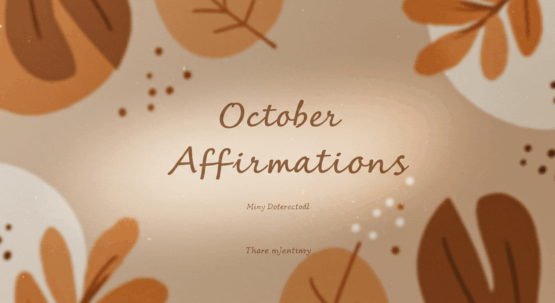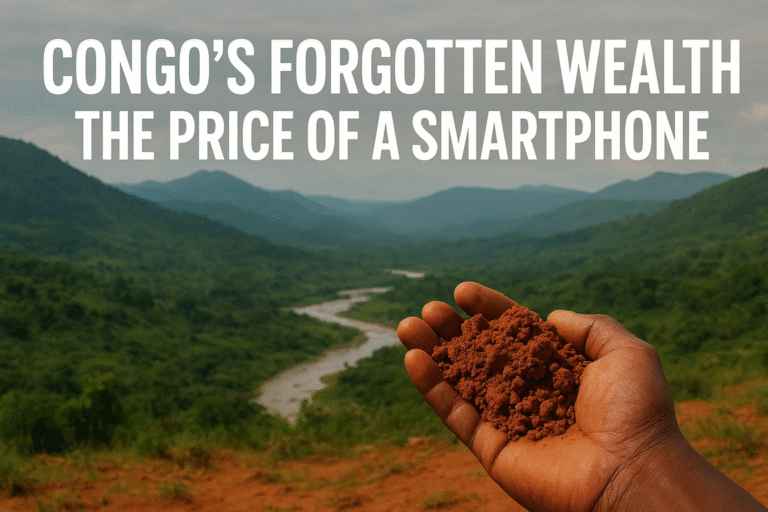Some mornings feel like the world has already started without you. The alarm rings, notifications flood in, the news screams bad headlines, and your to-do list seems endless. Inside your head, your thoughts are spinning faster than your feet can keep up. If you’ve ever felt this way, you know how chaos can leave you exhausted before the day even begins. But here’s the truth: you don’t have to surrender to the whirlwind. Staying calm in chaos isn’t about avoiding stress—it’s about learning how to navigate it, even when everything feels out of control.
Understanding Chaos: Why It Feels Overwhelming
Chaos doesn’t just happen outside; it lives inside us too. Stress triggers the body’s fight-or-flight response, a natural reaction studied extensively by neuroscientist Bruce McEwen. Your heart races, muscles tense, and your thoughts scatter. This reaction is designed to help in immediate danger, but in modern life, where most stressors are deadlines, responsibilities, or uncertainty, this constant state of alert can leave you mentally drained and physically tense (McEwen, 2007). Recognizing this reaction isn’t a sign of weakness—it’s an opportunity to respond intentionally.
When you understand that stress affects both mind and body, the first step to calm is awareness. Observing your racing thoughts without judgment—acknowledging that anxiety is a normal, human reaction—creates space for mindful action rather than reactive panic.
The Power of Breath: Grounding Yourself in the Present
Breathing is one of the simplest tools for staying calm, but it’s often overlooked. Anxiety constricts your breath, making the mind feel trapped. Slowing and deepening your breathing sends a message to your nervous system that it’s safe to relax. I often use a technique where I inhale for four counts, hold for four, and exhale for six. Doing this for just a minute or two in a chaotic moment feels like a lifeline.
Sometimes, having a small mindfulness bell timer can help remind you to pause and take a few deep breaths when the day feels overwhelming—a simple tool like a desktop mindfulness timer can be surprisingly effective
Research on mindfulness meditation supports this: slow, intentional breathing activates the parasympathetic nervous system, reducing stress and improving focus (Tang, Hölzel, & Posner, 2015). Over time, this simple practice builds mental resilience, allowing you to navigate pressure without feeling overwhelmed.
Focus on What You Can Control
One of the hardest lessons in navigating chaos is learning to let go of what you cannot control. Most stress comes from trying to micromanage the uncontrollable—other people’s actions, external events, or outcomes beyond your influence. Instead, I focus on my responses, the choices I make, and the actions I can take right now.
This approach is grounded in decades of psychological research. Lazarus and Folkman’s work on stress and coping shows that focusing on controllable factors reduces anxiety and enhances decision-making under pressure (Lazarus & Folkman, 1984). Accepting what you cannot change isn’t giving up; it’s using energy wisely.
Breaking Chaos into Manageable Steps
When life feels like a storm, big problems can feel paralyzing. I’ve found it helps to break challenges down into smaller, achievable steps. On especially chaotic days, I write down three things I can do immediately and leave the rest for later. Completing even one small task can create momentum and restore a sense of control.
For example, when preparing a big project under tight deadlines, I stop trying to tackle everything at once. I focus first on what is most urgent, then the tasks that require less energy, and finally on long-term planning. This method reduces overwhelm and makes large challenges feel manageable, strengthening both stress management and mental resilience.
Reflection: Finding Clarity in the Midst of Chaos
Chaos often forces us to rush, but taking a moment to reflect can transform how we experience stress. Asking questions like, “What is important right now?” or “What can I learn from this moment?” allows perspective to emerge. Reflection builds mindfulness and helps us navigate challenges with intention rather than reaction.
Personally, I carve out five minutes at the end of the day to reflect on what went well, what could have been handled differently, and how I can approach tomorrow. This practice doesn’t eliminate stress, but it cultivates clarity, helping me respond more calmly in future chaotic situations.
Moving the Body to Move the Mind
The connection between body and mind is undeniable. Stress is often stored physically—in tense shoulders, a tight jaw, or shallow breathing. I’ve learned that even small movements, like stretching, walking, or changing posture, can break the cycle of tension and reset focus. Physical activity isn’t about exercise alone; it’s a grounding technique that allows the mind to settle and think clearly.
Curating Your Environment
Your surroundings influence how chaos affects you. Noise, clutter, and draining relationships intensify stress. Mindfully curating your environment—whether that’s keeping a workspace organized or limiting exposure to negative news—creates space for calm. Equally important is seeking support from trusted people. Talking through challenges doesn’t make you weak; it creates perspective and reinforces resilience.
If background distractions make it hard to focus or relax, a white noise machine can help create a steady, calming atmosphere, allowing your mind to settle even in a busy or noisy space.
Calm is a Skill, Not a State
Ultimately, staying calm in chaos is not about perfection. It’s about noticing your reactions, pausing, and choosing how to respond. The combination of mindfulness, breathing, reflection, focusing on what you can control, and physical grounding strengthens your ability to navigate stress. Life will always be unpredictable, but the skill of calm gives you the stability to handle it, one moment at a time.
Remaining calm isn’t a luxury—it’s an acquired skill, and the more you practice, the more natural it becomes. Even when everything around you feels overwhelming, your inner stability allows you to act with clarity, confidence, and purpose.
Follow us on Facebook and Instagram for the latest updates and exclusive content!










